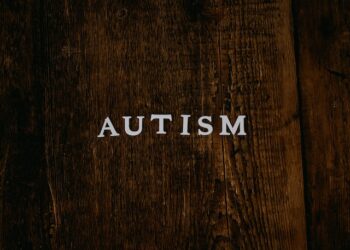Is Prince Louis Autistic
August 2, 2023
When You Block A Narcissist
November 19, 2023
Is Truly From Sister Wives Autistic
November 14, 2023
Is Muffin From Bluey Autistic
November 14, 2023
Does Frank The Tank Have Autism
November 14, 2023































































